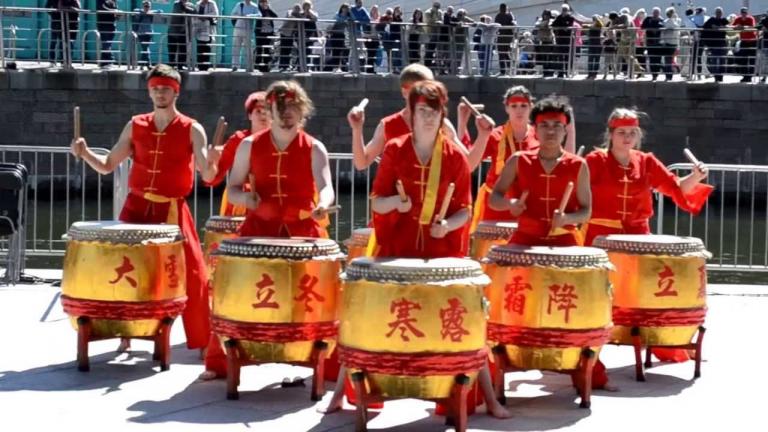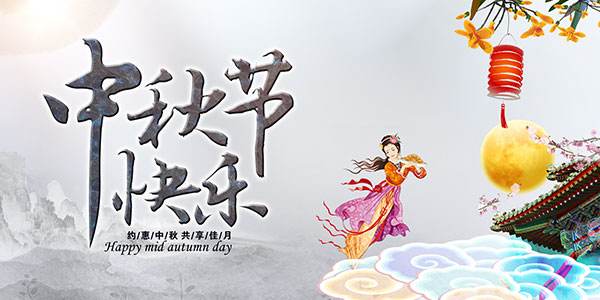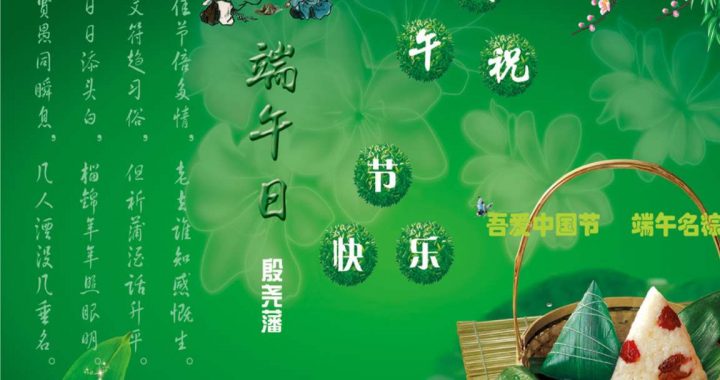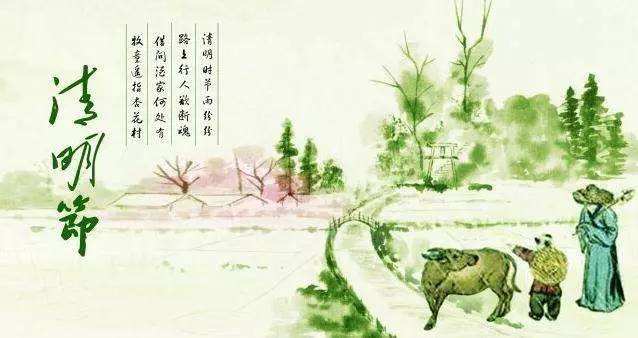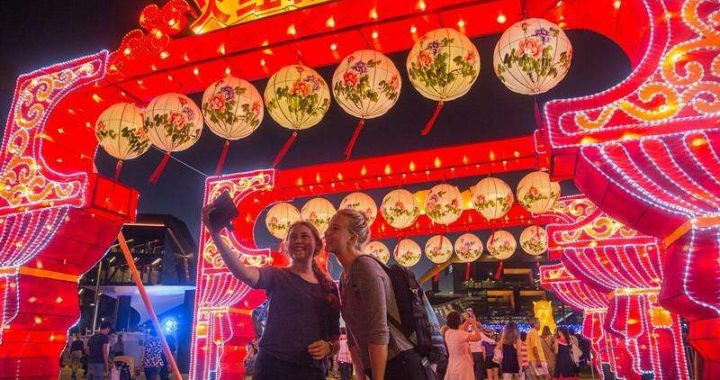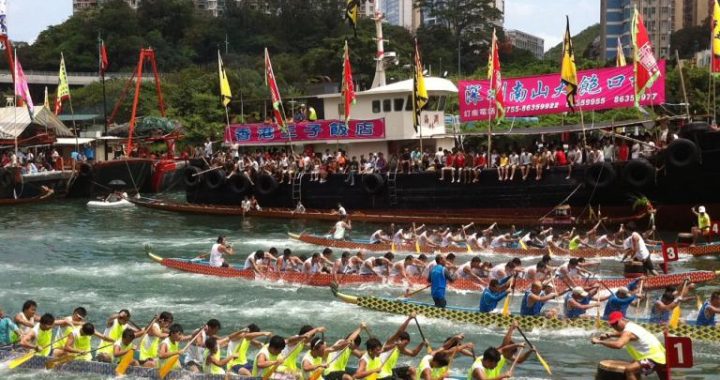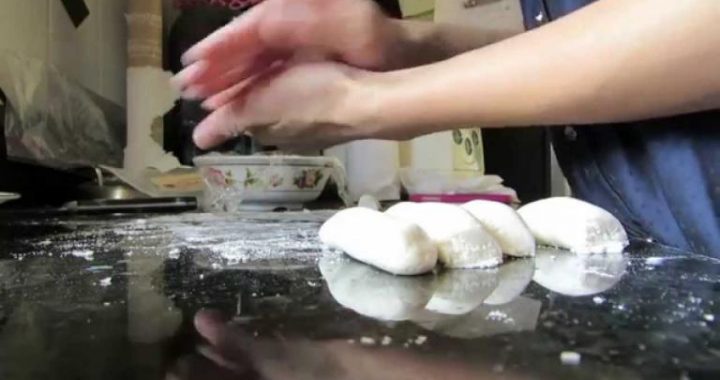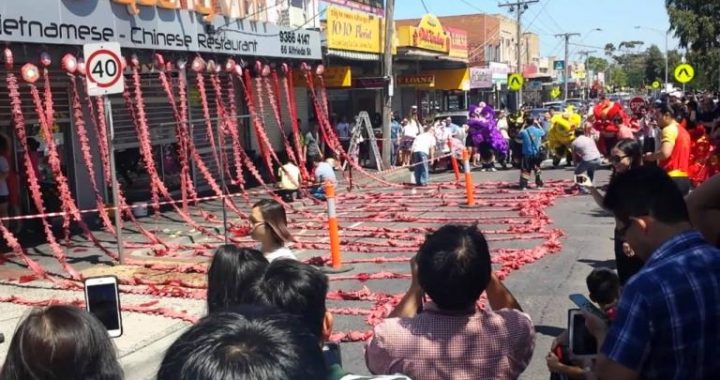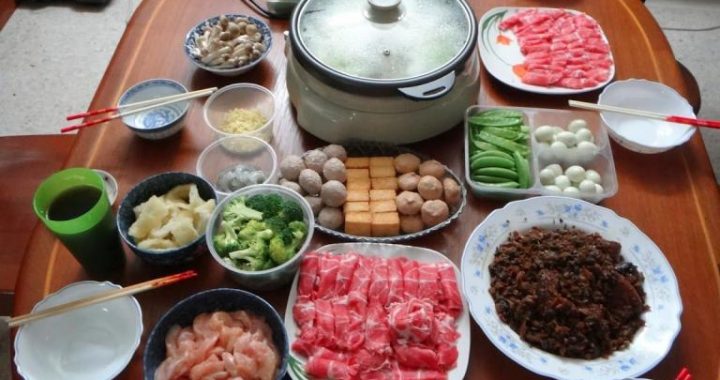The Drum Worship Festival
7 min readThe Miao ethnic group is extensively distributed in the southwest of China with many branches. Miao people of different areas and branches differ greatly in language and dressing. The Drum Worship Festival is a very peculiar regional festival carried on mainly in the area of the east Guizhou dialect of Miao language. It receives attention from the whole world for the long interval between two festivals, the long period of the festival, the complexity of organization, the diversity of contents, the holiness and solemnity of ceremony and the huge spending.
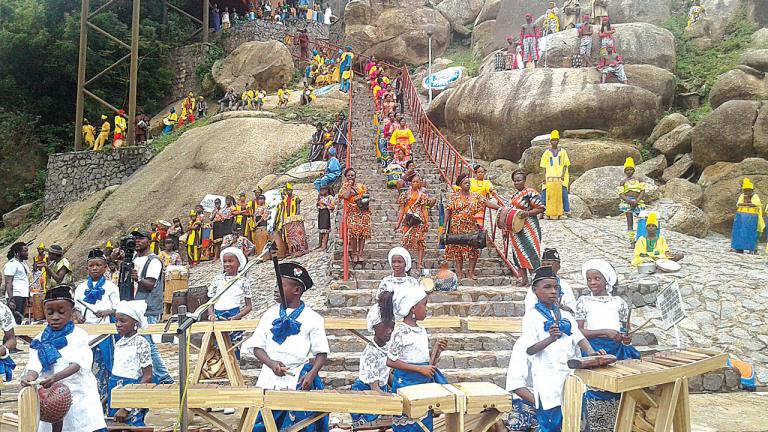
The Drum Worship Festival is a grand ceremony of sacrifice offering to the ancestors of the people of one branch of the Miao ethnic group. There are many folk names of the Drum Worship Festival such as the Drum Sacrifice Festival, Drum Commune Festival and Cow Viscera Eating Festival. The Miao people’s habitations are concentrated mostly. In the past, they relied on the “drum commune,”a regional organization formed on the basis oflinages and tribes to sustain their survival and development. The “drum”symbolizes the spirits of this ethnic branch’s ancestors, and occupies a very important position in the Drum Worship Festival or drum sacrifice ceremonies. The term”Cow Viscera Eating Festival”also makes some sense because cows are slaughtered as sacrifices to ancestorsduring the festival and then shared by clans. The timing and period of the Drum Worship Festival are issues that cannot be explained clearly. Different branches celebrate the festival at different times, and intervals between two festivals are also different-some branches celebrate it every 3,7 and 13 years; some celebrate it every 5,9 and 11 years; the festival periods include 1 year,3 years and 4 years. In Leishan, Guizhou, Miao people celebrate the Drum Worship Festival every 13 years, and one festival generally lasts three years. The complexity of the timing and period of the festival is certainly related to different branches and differences in their understanding of the beginning and end of the festival: some branches take preparation for the festival as the beginning, and some take the year of the festival’s climax as the beginning.
In Ancient Miao Songs spreading by word of mouth, there are narrations about the origin of the Drum Worship Festival. The Miao people say that their maternal ancestor is Mother Butterfly. Mother Butterfly emerged from a maple tree, and laid 12 eggs, which, after being gestated by birds, became various creatures in the world, including the Miaopeople’s earliest ancestor Jangx Vangb. Therefore, the Miao people adore maple trees and Mother Butterfly, and think that their ancestors’ home was in a maple tree and that drums made of maple wood are places where the spirits of their ancestors rest. Drum sacrifice is offering sacrifices to their ancestors. The drum to which sacrifices are offered is generally made of a hollow trunk of maple wood or nanmu wood about 2 meters long and 30 to 40centimeters in diameter with both ends covered by cowhide hidden in a cave. The Miao ethnic group suffered greatly and experienced frequent wars and constant migration. In the long history, Miao ancestors formed many “drum communes”with the drum as the symbol and with lineage as the tie to cope with wars and disasters and sustain survival anddevelopment. The Drum Worship Festival also became an important means to unite family strength. At present, though the drum commune system is inexistent, the Miao society’s tribal culture is still quite strong.
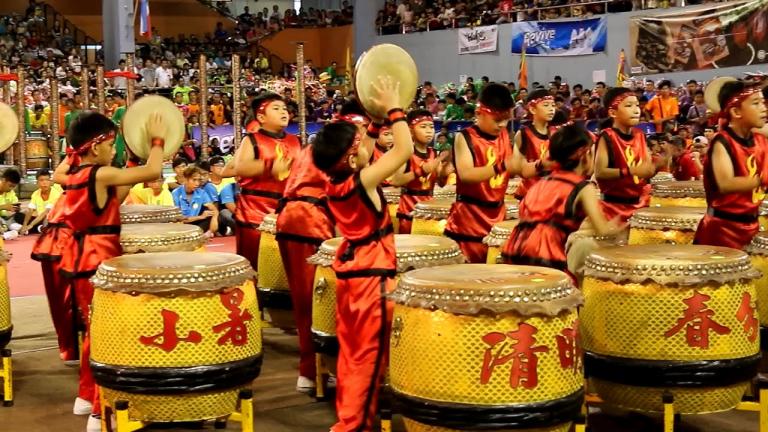
The ceremony of the Drum Worship Festival is administered by the commune organization’s leader called the “drum worship head”elected by people.A series of procedures from slaughter of pigs or sacrifice of cows to festival activities are all organized and arranged by the “drum worship head,”and people must obey. The period of the Drum Worship Festival is very long. There are customary arrangements every year in the festival period of as many as three to four years. Take the Drum Worship Festival of Miao people in the vicinity of Xijiang, Leishan, Guizhou, for example. Miao stockade villages in the vicinity of Xijiang usually celebrate the Drum Worship Festival every 13 years, and the period of every festival is 3 years.”Awakening of the drum,”also known as”turning of the drum,”begins in the first year. The drum worship head leads clan leaders and old people in the stockade village to the cave where the clan’s wood drum is kept to burn joss sticks and joss paper, awaken the wood drum, invite ancestors’ spirits to enter thewood drum and prepare to celebrate the Drum Worship Festival. While awakening the drum, people offer fish, duck, pork, wine and glutinous rice. People take the wood drum to the drum dance square. Men and women of all ages in splendid attire perform the copper drum dance and the reed pipe dance, and then all people in the stockade village eat and drinktogether and sing joyfully and loudly. People “invite the drum”in the second year of the Drum Worship Festival. All families begin to feed pigs or cows for the Drum Worship Festival one year earlier, brew rice wine, and notify relatives and friends of the time of drum worship. Relatives and friends come from all places with gifts such as wine and fish.
On the day of drum worship, the drum worship head kills pigs or cows for the Drum Worship Festival first, and then other families can kill. Then it is time to dance, sing, eat and drink happily together. People “send back the drum”in the third year. This is also the climax of the Drum Worship Festival-offering sacrifices to the drum. All families slaughter pigs and cows, and invite many relatives and friends to visit their homes. People perform drum dances on the drum dance square, and send the wood drum back to the cavewhere it is kept after a grand ceremony. The specific date of each year’s activity is determined by the drum worship head. The periods of celebration in one year in various villages also vary from three to five days to half a month.
The contents of the Miao people’s Drum Worship Festival are basically similar, but because of different traditional clothes types and local dialect uses in various areas, festival ceremonies are slightly different in various areas -for example, Miao people in most areas kill water bulls, called”black sacrifices for the drum,”and people in some areasmainly kill pigs, called “white sacrifices for the drum.”The Miao society spends an amazing amount of financial and material resources for the Drum Worship Festival, during which almost every family prepares several pigs or cows for offering sacrifices and treatingguests. It is harder to estimate the amount of chickens and ducks. According to customs, every uncle takes back a complete pig leg or cow leg during the Drum Worship Festival.
Some families kill four to five pigs during the Drum Worship Festival, and some stockade villages of about 100 families kill as many as 200 to 300 pigs or cows in one day during the Drum Worship Festival. In consideration of the Miao people’s overall economy, the level ofsocial development and the important role played by cows in the Miao people’s productionand life, such huge spending is really hard to understand. Besides, in the varying festival periods, there are very complex ceremonious arrangements and a series of taboos. The water bulls or pigs used during the Drum Worship Festival are all special: the swirl patterns on these animals must meet a fixed “standard.”There are many links of ceremonies during the festival such as selecting “cows for the Drum Worship Festival,”organizing bullfights, playing reed pipes to celebrate the harvest, inviting gods and asking for the date, determining the name of the Drum Worship Festival, selecting priests, choosing the drum worship head, awakening the drum, inviting the drum, welcoming the drum, offering sacrifices to the drum and sending back the drum. In some ceremonies, only some secrets words can be uttered. Only men can participate in some ceremonious links. The ceremonies are extremely mysterious and solemn, but people are very relaxed and happy in the link of dances and feasts.
Why do the Miao people carry on the Drum Worship Festival despite such complexity and spending? The logic here cannot be measured simply by pragmatism and economic input. Only people with a deep understanding of the Miao history and society can understand the logic in depth. In the years of frequent wars, migration and wandering, concentrating strength against disasters obviously had more realistic significance than accumulating wealth separately. Besides, it should be noted that the Drum Worship Festival is celebrated not ever year but after a very long internal. This also objectively provides time for tribes and stockade villages that celebrate the festival to rehabilitate. Meanwhile, various Miao stockade villages do not celebrate the Drum Worship Festival at the same time. Thus, though one stockade village celebrates the Drum Worship Festival every 3 years ,7 years or 13 years, actually there are Miao stockade villages in this region celebrating the Drum Worship Festival every year. When a Miao stockade village celebrates the Drum Worship Festival, people, relatives and friends from other stockade village are also invitedto participate, and they also give gifts and take away pig legs and other gifts. Thus,a kind of natural gift flow is formed in the Miao people’s regional society celebrating the Drum Worship Festival, and under the restriction of the custom of exchanging gifts, various families celebrating the festival maintain a relative balance in input of material andfinancial resources. Another point deserves attention: during the Drum Worship Festival, organizers such as the drum worship head and old people in the stockade village devotemore energy and material resources than ordinary people, but such devotion is exchanged for respect of the whole tribe and community to them. In traditional communities, this is a great honor for themselves and their families. The obtainment of such good social reputation is of important value in the traditional Miao society.
A festival’s rationality just lies in the society in which it was born and passed on.
